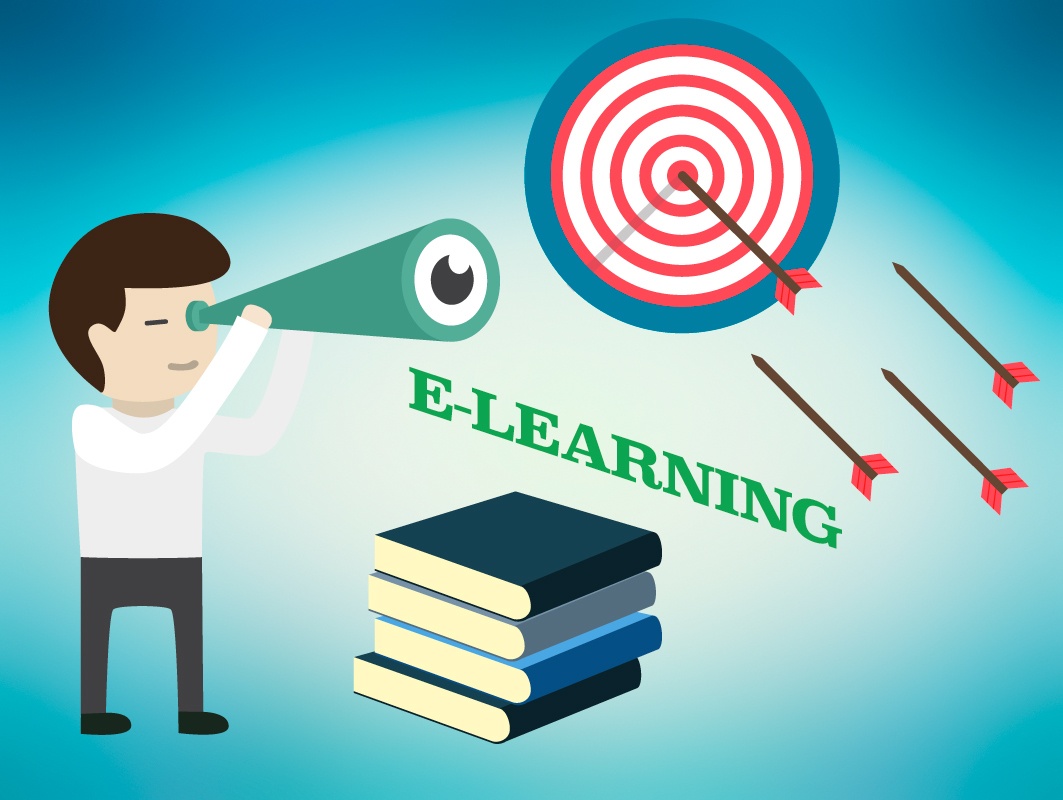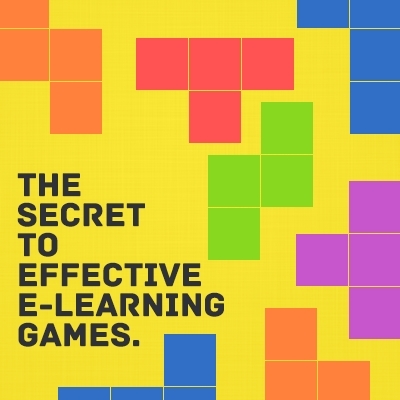Maximizing eLearning Potential Through Effective eLearning Objectives
In online education, crafting well-defined eLearning objectives is crucial for success. These objectives serve as the roadmap for learners, guiding them through the learning journey and helping them achieve desired outcomes. By setting clear expectations and outlining specific learning outcomes, educators can create engaging and effective eLearning experiences. In this article, we explore the art (or the science for some) of writing eLearning objectives, exploring their significance, and providing practical tips to enhance your Instructional Design process. Join me on this adventure of empowering learners and unlocking the true potential of eLearning through purposeful instruction.
Unleashing The Power Of Purposeful Instruction In Simple Steps
1. Understanding The Power Of eLearning Objectives
Before we embark on our quest to create outstanding eLearning objectives, let's understand why they hold such significance. eLearning objectives give learners a sense of direction and purpose, setting the stage for focused learning. These objectives enhance motivation, engagement, and learning outcomes by clearly defining what learners are expected to achieve. We explore the role of eLearning objectives as a compass, guiding learners through their educational journey and empowering them to take charge of their own learning.
2. The Anatomy Of Effective eLearning Objectives
Crafting impactful eLearning objectives requires a thorough grasp of their underlying structure. Effective eLearning objectives are concise, measurable, and meaningful, capturing the attention and engagement of learners while facilitating successful knowledge acquisition. By dissecting the anatomy of objectives, we uncover the secrets behind crafting objectives that captivate learners. This involves selecting strong action verbs that drive the objectives, ensuring specificity to provide clear guidance, incorporating measurable elements for progress tracking, aligning objectives with learning goals for relevance, and creating a connection that resonates with learners' interests and aspirations.
The art (or science) of writing eLearning objectives lies in creating a roadmap that empowers learners to navigate their learning journey successfully. Through careful structuring, objectives become powerful tools that ignite learners' motivation, guide their progress, and promote active engagement. By embracing the components that make objectives concise, measurable, and meaningful, educators can design eLearning experiences that captivate learners, promote deep understanding, and pave the way for meaningful knowledge acquisition.
3. Aligning eLearning Objectives With Learning Outcomes
Successful eLearning relies on the seamless alignment of objectives with desired learning outcomes. By establishing clear connections between instructional objectives and overarching goals, educators create a cohesive framework that fosters deep understanding and facilitates the practical application of knowledge. This alignment provides learners with a sense of purpose and direction and motivates them to engage more deeply with the content, leading to higher levels of comprehension and the development of critical thinking and problem-solving skills.
When objectives and learning outcomes are closely tied together, learners can see the relevance and significance of their efforts. The explicit connection between objectives and desired outcomes guides their learning journey, ensuring that every step taken contributes to their overall growth and achievement. By nurturing this alignment, educators cultivate an environment where learners actively seek connections, delve into concepts with greater depth, and confidently apply their knowledge in real-world contexts. As a result, learners develop a deeper understanding of the subject matter and gain the skills necessary to succeed beyond the boundaries of the eLearning environment.
4. The Art (Or Science) Of Writing SMART eLearning Objectives
SMART objectives form the backbone of purposeful instruction in the eLearning landscape. By unraveling the concept of SMART (Specific, Measurable, Achievable, Relevant, Time-bound) objectives, educators can master the art of crafting realistic, measurable, and tailored objectives that meet the unique needs of their learners. Specificity ensures clarity and precision, while measurability allows progress tracking and feedback. Achievability sets challenging yet attainable goals, and relevance connects objectives to learners' needs and interests. Time-bound objectives create structure and accountability. By embracing SMART objectives, educators can create a powerful framework that drives effective eLearning experiences, empowering learners to achieve their goals and maximize their learning potential.
5. Fostering Engagement Through Clear eLearning Objectives
Engagement is the lifeblood of eLearning. Well-constructed objectives can ignite learner enthusiasm and sustain motivation. Techniques like challenging objectives, personal connections, and interactive elements foster a vibrant and engaging learning environment, encouraging active participation and deep understanding. Educators employ these strategies to create a compelling eLearning experience that fuels learner engagement and drives successful knowledge acquisition.
6. Incorporating Bloom's Taxonomy In eLearning Objectives
Bloom's taxonomy offers a valuable framework for designing eLearning objectives that promote higher-order thinking skills. Educators can leverage this classification system to guide learners from basic knowledge acquisition to critical thinking and application. By aligning objectives with specific levels of Bloom's taxonomy, educators create a scaffolded learning experience that fosters deep understanding and equips learners with essential cognitive abilities.
Through Bloom's taxonomy, educators can systematically progress learners from foundational knowledge to advanced thinking skills. Starting with remembering and understanding, learners build a solid knowledge base before moving on to applying, analyzing, synthesizing, and evaluating information. This approach enables learners to develop critical thinking, problem-solving, and creativity, empowering them to engage with complex concepts and apply their knowledge in real-world contexts. By embracing Bloom's taxonomy, educators can create impactful eLearning experiences that cultivate higher-order thinking skills, preparing learners for success in an ever-evolving world.
7. Sequencing eLearning Objectives For Optimal Learning Progression
Sequencing objectives strategically can significantly impact learner comprehension and retention. By structuring objectives logically and progressively, educators can create a seamless flow of learning that enhances knowledge acquisition. Carefully sequencing objectives ensures learners grasp fundamental concepts before progressing to more complex topics, fostering connections and reinforcing understanding. This approach aligns with learners' cognitive development and motivates active engagement, improving comprehension and long-term retention of the subject matter.
8. Assessing And Evaluating eLearning Objectives
Evaluation is a crucial aspect of the eLearning process, enabling educators to assess the effectiveness of their objectives. Our exploration examines different assessment strategies that align with eLearning objectives, supporting both formative and summative evaluation. By implementing these techniques, educators can measure learner progress, identify areas for improvement, and continually enhance the learning experience. Assessment strategies in eLearning encompass both formative and summative evaluations.
- Formative assessment techniques, such as quizzes, interactive exercises, and discussions, allow educators to gather real-time feedback on learners' understanding and progress. These ongoing assessments provide valuable insights into learners' strengths and weaknesses, enabling timely interventions and targeted instructional adjustments to optimize the learning experience.
- Summative assessment methods, such as final exams or project evaluations, measure learners' overall achievement at the end of a course or module. These assessments provide a comprehensive evaluation of learners' knowledge and skills, determining the extent to which they have met the intended objectives. Summative evaluation informs educators about the effectiveness of their Instructional Design and the attainment of desired learning outcomes, paving the way for future improvements.
By incorporating a range of assessment strategies aligned with eLearning objectives, educators can gain a holistic understanding of learners' progress and the effectiveness of their instructional approach. Evaluation provides valuable feedback to learners and enables educators to make data-driven decisions, identify areas for improvement, and continuously enhance the learning experience to meet their learners' needs.
Conclusion
Crafting well-defined eLearning objectives sets the stage for successful online learning. By embracing the art of purposeful instruction and implementing the strategies shared in this guide, educators can create transformative eLearning experiences that empower learners to achieve their goals and excel in the digital realm.










